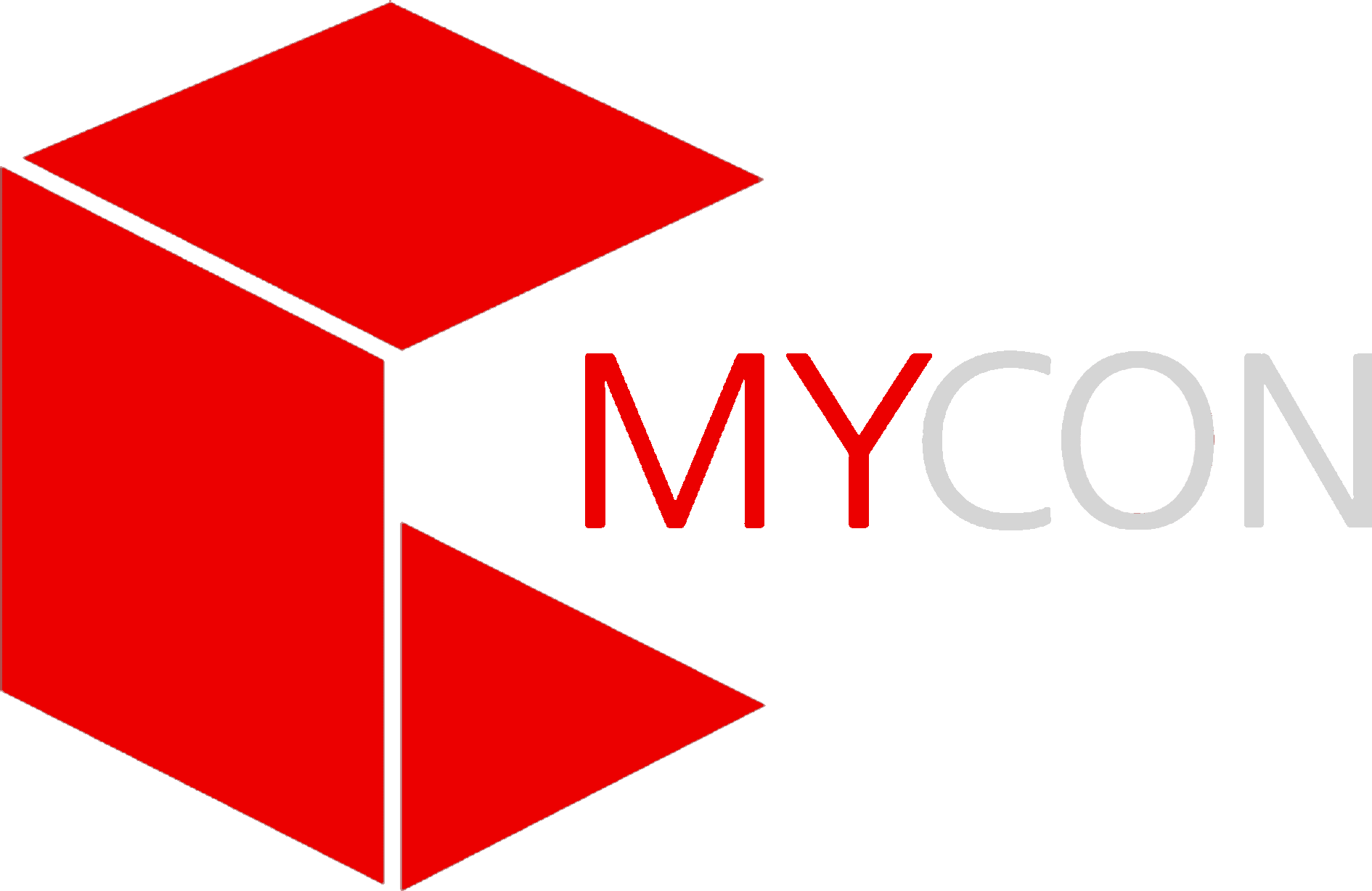SAFETY MEANS PEACE OF MIND
SAFETY – HEALTH COORDINATION
One of the most important aspects on a construction site is health and safety coordination. This involves controlling and minimising risks to your safety and health. It is therefore part of occupational health and safety at work, which requires measures for a humane work structure. These are the essential supporting processes of a company.
LEGAL OBLIGATIONS OF THE EMPLOYER
- Avoiding risks
- Assessing unavoidable risks
- Eliminating hazards at source
- Consideration of the human factor
- Consideration of the technical standard
- Eliminating or reducing risks
- Risk prevention planning
- giving priority to collective over individual protection
- giving appropriate instructions to workers
PGSS - IN THE SECURITY PLAN
Sanitary installations WC, etc. and their numbers.
Construction equipment (fixing the access road, backfilling, possibly underpinning)
Description of the construction site
Duration of the construction site; start of construction, construction companies involved, emergency police hospital fire brigade
Water connectionElectrical connection
Barriers
Prevention of hazards
Risk of falling
No fire on construction sites
PPSS - IN THE SAFETY PLAN OF CONSTRUCTION COMPANIES
- General information
- Pass on information to the Deputy Minister.
- Risk development
- Ongoing training of employees
- Providing documents
- Control of approvals
- Compliance with hygiene rules
Built DAO
- Description of the building
- Description of the exterior
- Maintenance of the building
- Fire prevention
- Escape route
- Emergency Tel (Police, Hospital)
- Data sheet to be included
DEFINITION AND CONTENT OF THE COORDINATION PROTOCOL
Construction companies involved Architect Structural engineer CSS Description of the construction
Is there a site plan? Temperature? Safety of construction workers Helmet Hearing protection Dust mask Control of authorization
defects?Is the fence in place? Is the advice feasible? Has access to the construction site been made?
AS Plan constructed by construction companies
Has the PPSS been sent to the safety office?
COORDINATION PLAN
Coordinate the application of the general principles
Develop a safety and health plan including the provisions applicable to the site in question. The specific measures and tasks in the safety and health plan should be incorporated into the tender documents.
Compile a Built DAO document and record the relevant health and safety information to be taken into account in all subsequent work.
Ensure that the general principles of health and safety prevention set out in the Health and Safety of Workers at Work Act of 31 July 2006 are taken into account by the contractor and, where appropriate, the client, including the following
Estimating the time needed to carry out the work
Drawing up a comprehensive health and safety plan specific to the site concerned, taking into account the work on the site. The plan must also contain specific measures relating to work falling under one or more categories of Annex II of the Grand Ducal Regulation of 29 October 2004 and the elements covered by Annex V of the Grand Ducal Regulation.
The specific indications and measures of the general health and safety plan must be included in the tender documents.
Draw up a list, adapted to the construction site, of the health and safety elements to be adopted in the event of subsequent work. The elements listed in Annex VIII of the Grand Ducal Regulation of 29 October 2004 must also be adopted.
THE HEALTH AND SAFETY COORDINATOR DURING THE CONSTRUCTION PHASE
- Coordinates the compilation of general prevention and safety principles :
- Making technical and/or organisational decisions to plan the various jobs or stages of work taking place simultaneously or consecutively.
- To estimate the time needed to carry out these different works or stages of work ;
- Coordinate the implementation of relevant regulations to ensure the protection of workers on the part of employers:
- Consistently implement the principles set out in paragraph 4.2;
- Implement, if necessary, the general health and safety plan referred to in paragraph 3.1.b ;
- Makes the necessary adjustments to the general safety and health plan from paragraph 3.1.b and in accordance with paragraph 3.1.c, according to the progress of the work and changes, and according to the additional information in the establishments’ specific safety and health plans.
- Organizes between employers, including those operating on site, cooperation and coordination of activities for the protection of workers and prevention of accidents and damage to occupational health risks, and follow the mutual informations contained in the Law of 31 July 2006 Book III concerning the safety and health of workers at work.
- Coordinates the supervision of the proper application of work procedures;
- Ensures that the necessary measures are taken to ensure that only authorised persons have access to the site.
Chantier Sécurité Santé (CSS)
- For construction equipment
- Sizing of site equipment (storage area)
- Compliance with the law for hygienic facilities
- Labour Code
- ITM and AAA descriptions
- Development and re-adaptation of the site in relation to the change in risks
- Conditions of contract
- Tender forms
- Call for tenders from construction companies (CSS assists in the analysis of tenders)
- Site visits
- What belongs to the site access
- Establishment permit
- Trade register
- SALES TAX
- Sales tax identification
- Work permit

SIGEKO
With regard to the minimum health and safety requirements to be met on temporary or mobile construction sites, each client is obliged to appoint one or more health and safety coordinators (SiGeKo) for each construction site where at least two companies are active (simultaneously or successively).
For this purpose, they may use specialised third parties, such as the approved SiGeKo.
These specialists, who carry out this activity under their own responsibility, will then explain the relevant technical details to you (for example, the “general health and safety plan”).
If the SiGeKo has a subordinate relationship (employment contract) with you, the coordination task must be recorded in a separate written document. If several construction works are to be carried out simultaneously by several builders on the same site, the respective SiGeKo are obliged to consult each other in order to prevent the risks resulting from the mutual interference of these interventions.
There are two types of SiGeKo, one for the conceptual (planning) phase of the construction and one for the realisation of the project (site phase). A contract between the client and the SiGeKo explains, among other things, the tasks to be performed by the SiGeKo and the beginning and end of the latter’s obligations.
The Client, who uses a secondment company, is informed that in case of non-compliance by this company with local legislation, its activities, respectively those of its seconded personnel, may be temporarily, partially or totally interrupted.
There are 4 important conditions that must be fulfilled with regard to the notice (AP):
FIRST NOTIFICATIONS TO ITM
If it is a construction site of a certain size:- where the estimated duration of the construction project is more than 30 working days and more than 20 workers are employed at the same time,- OR the estimated volume of construction is more extensive than 500 “man-days”; the client is obliged to send a <written notice> to the ITM via its SiGeKo.
The <written notice> (“AP”) must be prepared in accordance with Annex III of the G.V. of 28 June 2008 and must be communicated at least 10 working days before the start of the construction activity.
VISIBILITY OF THE NOTICE
It is mandatory that the “written notice” be posted (visibly) on the work site (preferably on the outside grills of the work site under a plastic protection (against bad weather).
COMMUNICATION OPTIONS
The notice should preferably be sent to the following email address: ap@itm.etat.lu. Otherwise, the <written notice> shall be delivered to the postal address of the ITM (<INSPECTION du TRAVAIL et des MINES> : Département : <Construction>), boîte postale 27 à L-2010 Luxembourg.
OBLIGATION TO UPDATE THE NOTICE
The “written notice” must be updated as necessary. Any update in the employment situation or working conditions at the work site must be communicated to the ITM without delay. (For example, in the event of a substantial increase in the number of workers or the anticipated start of activity by new companies or subcontractors at the worksite.




